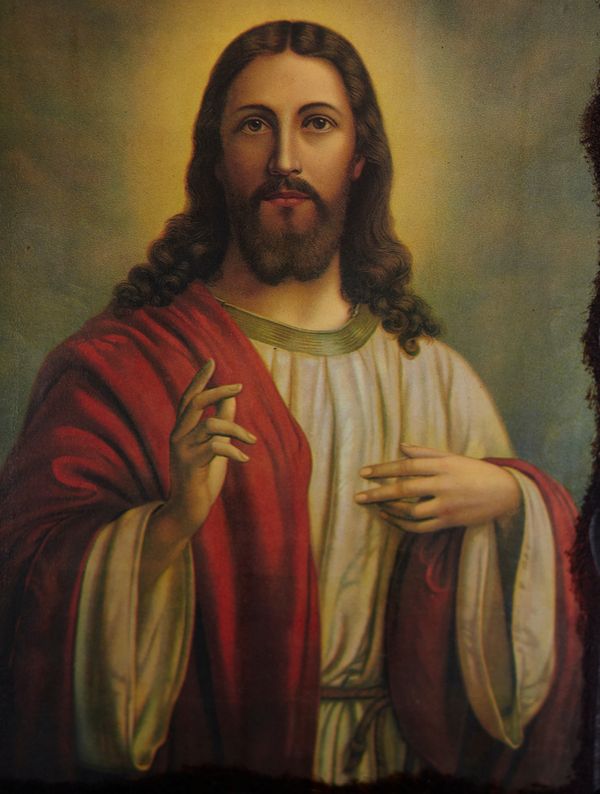
We all have our own vision of what Jesus looks like based on popular portrayals in art and culture. But have you ever wondered what he really looked like? Forensic experts and visual artists have joined forces to reveal a more accurate representation of the Son of God.
Challenging Traditional Depictions
The widely accepted image of Jesus, with fair skin, long flowing hair, and a cream-colored robe, may not be accurate at all. Previous interpretations of Jesus in paintings, in food, and even in our minds, are likely wrong, according to forensic experts.
Thousands of paintings and drawings of Jesus have been created throughout history, yet no one truly knows his physical appearance. Our perception of Jesus has been shaped by famous works of art, like Leonardo da Vinci’s “The Last Supper” and Michelangelo’s “The Last Judgement.” These iconic portrayals often depict Jesus as a long-haired man with blue eyes and Western features.
Towards a More Accurate Image
However, recent advancements in technology are shedding new light on Jesus’ appearance. Bas Uterwijk, a photographer and digital artist from the Netherlands, used cutting-edge artificial intelligence to create a “historically accurate” image of Jesus. By training a neural network on thousands of photographs and paintings of human faces, Uterwijk synthesized a face that reflects a Middle-Eastern appearance, closer to what Jesus might have actually looked like.
Uterwijk explained that he incorporated elements from Byzantine and Renaissance depictions of Jesus, as well as references to Middle-Eastern facial features found in ancient mummy portraits. While this AI-generated image may not be an exact likeness, it provides a compelling artistic impression of Jesus based on historical context.
A Forensic Breakthrough
In parallel to Uterwijk’s work, British forensic experts and Israeli archaeologists utilized advanced forensic techniques and the study of Semite skulls to reconstruct a 3D portrait of Jesus’ face. Led by Dr. Richard Neave, an esteemed forensic facial reconstruction expert, the team analyzed Semite skulls from the same time period using computerized tomography.
By examining the structure of these ancient skulls, the team was able to digitally reconstruct Jesus’ face. The resulting image suggests that Jesus had a wide face, dark eyes, short dark hair, a bushy beard, and tanned skin. These features align with the typical characteristics of Galilean Semites in Jesus’ era, as described in the New Testament.
Unveiling a New Perspective
Although these reconstructions may deviate from traditional depictions of Jesus, experts believe they offer a more accurate representation of his appearance. By combining scientific analysis with historical and cultural data, researchers have brought us closer to the reality of Jesus’ physical attributes.
Furthermore, these new depictions of Jesus resonate with the painting “Prince of Peace” created by Akiane Kramarik when she was just eight years old. Akiane claims to have seen Jesus in her dreams, and her painting closely aligns with the findings of the forensic reconstructions.
It’s fascinating to witness the intersection of science, technology, and art in reconstructing an image of Jesus, challenging our preconceived notions. What are your thoughts on this breakthrough? Share and let’s engage in a discussion about Jesus’ new look!
READ MORE
- Masterful painting of Jesus by 8-year-old rescued from the shadows
- Teenager flips more than 5 times in speeding car, says Jesus saved him from death




